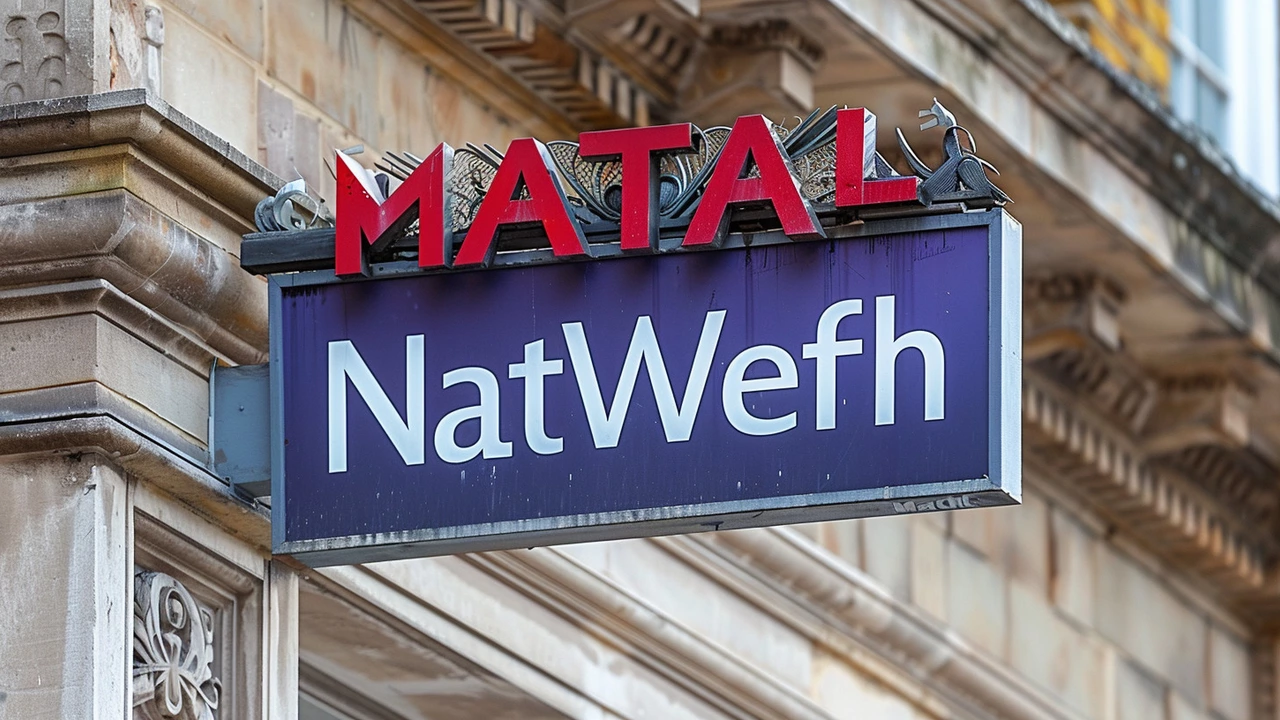Mobile Banking Made Easy: What You Need to Know
If you’ve ever wondered why everyone’s glued to their phone for banking, you’re not alone. Mobile banking lets you check balances, pay bills, and transfer cash without stepping into a branch. The trick is to keep it simple, secure, and useful. Below are the basics you can start using today.
Pick the Right App – Don’t Just Go With the First One
Most big banks have their own free apps. If you already have an account, download the official app from the App Store or Google Play. Look for a few key signs: a high rating, recent updates, and a lock icon in the URL. If you’re open to a new provider, compare features like instant payments, budgeting tools, and free ATM withdrawals. A quick online review can save you months of hassle later.
Secure Your Phone Like a Vault
Security is the biggest worry with mobile banking. Start by setting up a strong PIN or biometric lock on your device – a fingerprint or face scan works best. Enable two‑factor authentication (2FA) in the banking app; most apps send a one‑time code via SMS or email. Never save passwords in plain‑text notes or unprotected browsers. If you ever lose your phone, use the “Find My Device” feature to lock or wipe it remotely.
Another simple step is to keep the app updated. Every update patches security holes that hackers could exploit. Turn on automatic updates for both your phone’s OS and banking apps, and you’ll stay a step ahead of threats.
When you make a transaction, double‑check the recipient’s details. A typo can send money to the wrong person, and retrieving it is a nightmare. Many apps let you save trusted contacts, which reduces the risk of mistyping.
For extra peace of mind, set daily spending limits in the app. If something unusual pops up, you’ll get an instant alert. Most banks also let you freeze a card with a single tap, which is handy if you suspect fraud.
Finally, watch out for phishing messages. Never click links in emails or texts that claim to be from your bank unless you’re sure it’s legit. A real bank will never ask for your password or PIN in an email.
With these steps, you can enjoy the convenience of mobile banking without the anxiety. It’s just about picking the right app, locking down your phone, and staying alert to suspicious activity.
Ready to give it a try? Open your bank’s app, explore the dashboard, and start with a small transfer to test the waters. You’ll be amazed at how much time you save, and your finances will be safer than ever.
NatWest Apologises for Banking Outage as Online Services Resume
NatWest apologised to customers after encountering a glitch that disrupted mobile and online banking services for approximately four hours. Customers could not access their accounts, check balances, or transfer money. The bank suggested using alternative services like telephone banking and ATMs. The issue started around 6am and was resolved later in the morning. NatWest addressed the inconvenience and asked for direct messages on X for specific concerns.
Details +